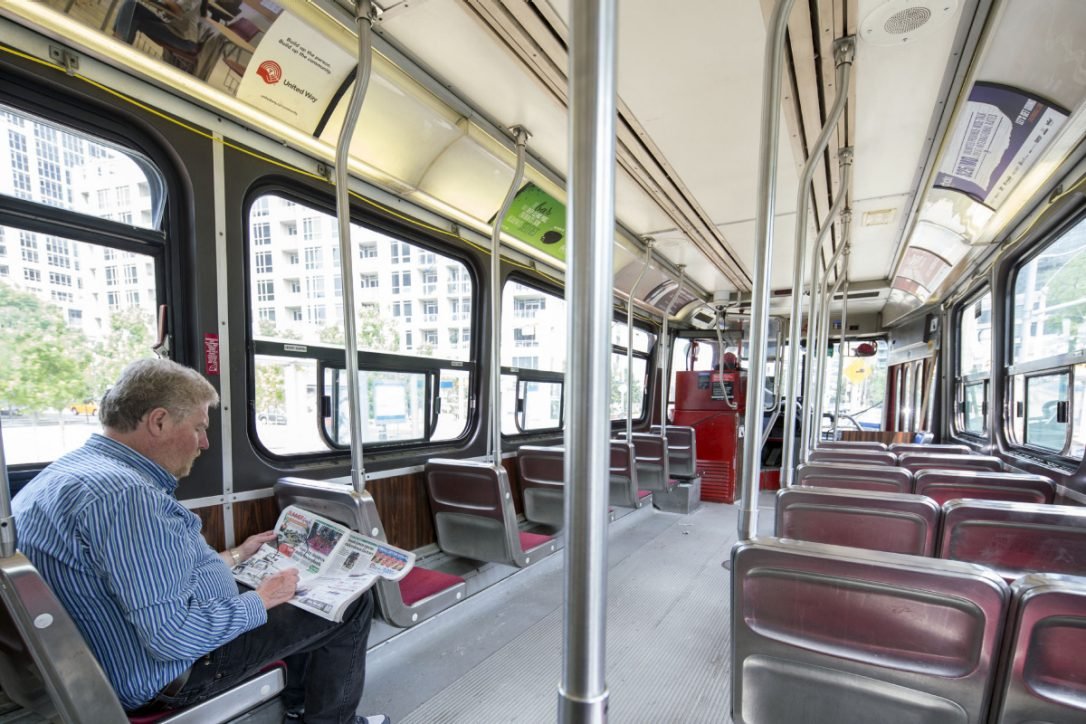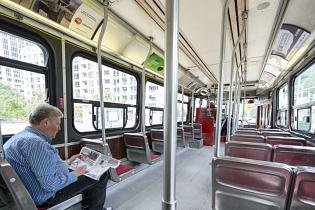TTC ridership is Lower than Expected for January and February
It’s a new year but data from the first two months of 2017 show Toronto’s public transit system is grappling with a familiar problem: lower-than-expected ridership.
According to the TTC, the agency carried a combined 80.6 million passengers in January and February, which is 700,000 fewer than the same period last year, and 1.7 million below what the TTC budgeted for those months this year.
There were 39.6 million trips in the first month of 2017, and 41 million last month.
When comparing to the same month from two different years, the TTC adjusts its statistics to account for discrepancies between the different number of holidays and weekdays that occur in the same period year to year.
Using unadjusted numbers, this year’s figures are worse. They show that ridership has dipped 3.3 million in the first two months of this year, compared to the same period in 2016.
“It’s far too early to ring alarm bells,†said TTC spokesperson Brad Ross.
“Compared with transit systems across North America, all of which have seen a softening of ridership, the TTC is doing well. Nevertheless, staff will continue to actively monitor ridership, (and) report out publicly as (we) always do.â€
Ross pointed out that while the first two months of 2017 combined have seen a decline in trips compared to last year, losses in January were somewhat offset by a slight 1.5-per-cent increase in February compared to the same month of last year.
The February 2017 level was still 1 million below what the TTC had budgeted, however.
The agency attributes some of the downturn in early 2017 to the fact that there were two weeks of school break in January of this year, compared to one in January 2016, and that sales of Presto passes are higher than anticipated. Both factors likely resulted in a decline in Metropass sales, according to the TTC.
Plateauing ridership has been a concern of the TTC board for at least the past two years. Between 2009 and 2014, the number of TTC journeys increased by an average of 2.5 per cent annually, but last year it grew by only 0.7 per cent.
The transit system finished 2016 with 538 million riders, 15 million fewer than it had budgeted for, and the resulting loss in revenue put a $46 million hole in the TTC budget.
A report the transit agency published last year attributed the slowdown in part to sluggish job growth, and the increasing number of Torontonians employed in part-time work. The report said that historically employment levels are the best predictor of TTC use.
Critics of the transit agency argue that the 10-cent fare increase that went into effect on New Year’s Day — the sixth price hike in as many years — is also a likely factor in deterring ridership.
In a statement, TTC chair Josh Colle told the Star that the ridership trend was “concerning.â€
But he added that “the TTC continues to carry over half a billion people every year and we will continue to actively monitor ridership and develop our strategy to attract more customers to the TTC.â€
The transit agency is expected to bring forward a ridership growth strategy in the spring or summer of this year.
The TTC is anticipating 545 million riders this year, but already that target is in doubt.
The
projection was based on assumed 2016 ridership levels but was adopted
before final numbers from last year were available. In January, after
2016 year’s ridership numbers came in lower than expected the TTC’s
chief financial and administrative officer Vince Rodo told the agency’s
board that it will be “a little tougher now†to achieve its 2017 goal.
Comments
There are 0 comments on this post





